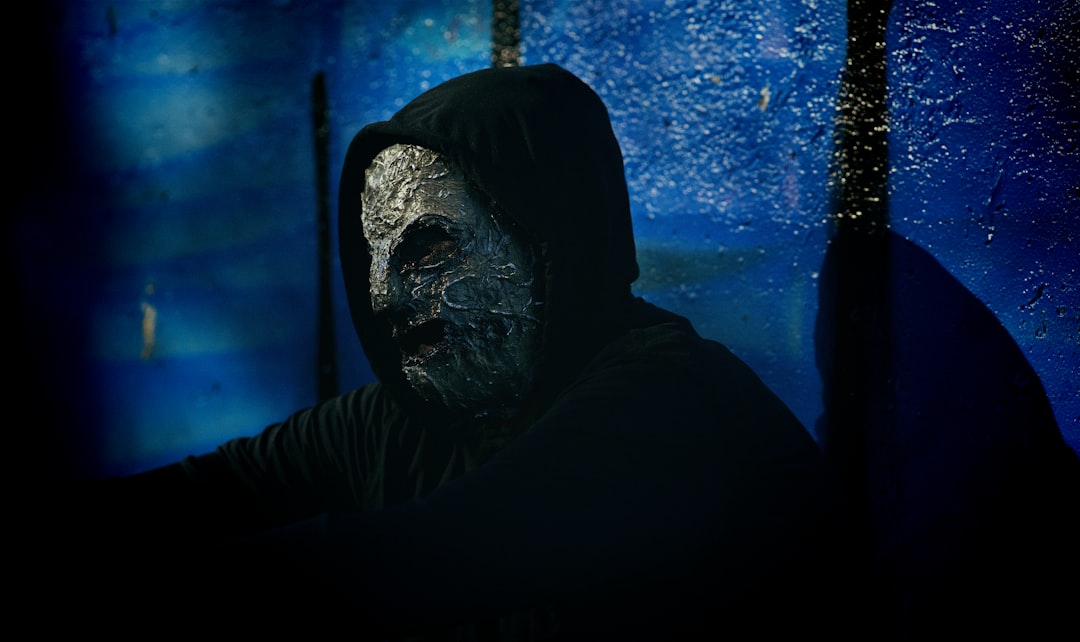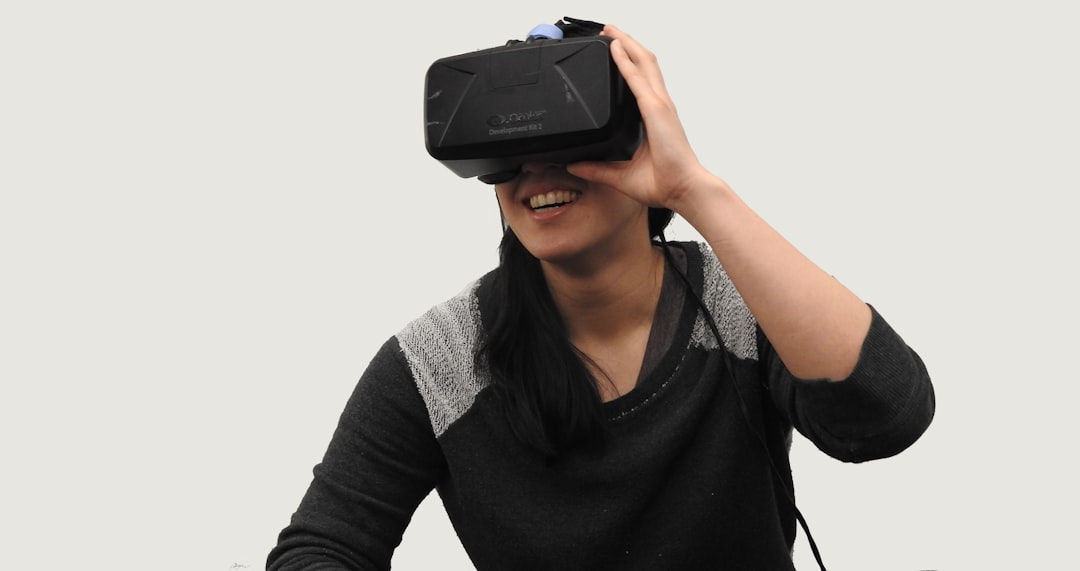The horror genre has always evolved with technology. From Vincent Price’s chilling voice on analog film to CGI-enhanced phantoms that haunt our dreams today, horror continues to find new ways to terrify audiences. But now, we’ve entered a new era — one where artificial intelligence is not just aiding in filming or special effects but also deeply embedded in the storytelling itself. AI in scary movies might make you jump out of your chair with fright… or even burst out laughing.
TLDR:
AI is reshaping the horror film industry in unexpected ways. With the power of machine learning and real-time environmental interaction, scary movies are becoming more personalized, intelligent, and even interactive. These advanced systems can either heighten tension or, unpredictably, turn horror into unintentional comedy. As AI tools grow more sophisticated, viewers should brace themselves for a new kind of jump scare — or misplaced punchline.
The Rise of AI in Horror Filmmaking
Artificial intelligence is no longer just lurking in dystopian sci-fi stories — it’s helping filmmakers craft more immersive and unpredictable horror. Modern AI contributes to:
- Script generation: AI models can now write terrifying plots by analyzing massive datasets of horror scripts.
- Scene optimization: AI helps filmmakers determine the most unsettling angles, lighting, and sound design using data from audience responses.
- Character realism: Neural networks can generate deeply unsettling CGI characters that tinker with the “uncanny valley” effect.
These technologies mean it’s no longer just about directing scary content — it’s about designing encounters that adapt in real-time based on viewer psychology and behavior.
Machine Learning: The New Scare Architect
Machine learning models are at the center of this evolution. Trained on decades’ worth of horror cinema, these systems learn what makes our skin crawl. Whether it’s sustained suspense like in *The Witch*, or fast-paced terror à la *Paranormal Activity*, AI can mimic these patterns — and innovate beyond them.
Imagine watching a movie where the pacing adjusts depending on your facial expressions or heart rate. If you seem bored, *boom*, jump scare. If you’re terrified? The suspense might draw out, keeping you on edge. Netflix has even explored interactivity through titles like *Bandersnatch*, but AI could push this much further.

From Screams to Giggles: When AI Gets It Wrong
While AI has a growing role in intensifying the fear factor, it doesn’t always go as planned. In several experiments involving AI-written scripts, the results — although technically coherent — veer into hilariously absurd territory. One famous example is *Sunspring*, a short film written by an AI trained on sci-fi screenplays. The dialogue is strange, full of baffling non-sequiturs, and unintentionally comical.
Apply that same logic to horror, and you may start with what’s meant to be a chilling séance — only to have the ghost declare, “I have a banana,” in earnest. While these AI authors improve over time, the uncanny and surreal combination of words, sounds, or plot points can quickly break immersion, prompting laughter instead of screams.
Interactive Horror: AI in Gaming vs. Film
Gaming has long been at the forefront of AI-powered horror experiences. Franchises like *Resident Evil* and *Alien: Isolation* use AI-driven enemies that adapt to player behavior, creating unpredictable outcomes and keeping players in a state of fear and adrenaline. Now, similar principles are shifting into theater and film environments.
Some experimental horror films use environmental sensors and AI to tailor the on-screen horror to each viewer individually — adjusting timing, lighting, even audio elements. Think of it as horror that reads you back, analyzing your cues through webcam or wearable integrations.
This creates a genuinely personalized terror experience. But it also opens the door to hilarity when the AI misreads a frightened gasp as a giggle — suddenly increasing comic timing rather than delivering horror. It’s terrifying… but also tricky.

Deepfake Ghosts and Algorithmic Spirits
AI-image generation and facial reconstruction models — better known as deepfakes — are starting to craft some of the most menacing spirits in horror films. These spectral figures can be based on real human features, but with algorithmic distortions that make them disturbing in ways traditional prosthetics can’t replicate.
The psychedelic, AI-infused visuals seen in experimental horror shorts often incorporate GANs (generative adversarial networks) to morph characters and scenes multiple times within a few seconds. This delivers jarring, reality-bending moments that keep viewers disoriented. But again, when used poorly, this effect risks being surreal and silly rather than scary — pushing viewers into laughter instead of terror.
Ethical Terrors: Should AI Even Write Our Nightmares?
While it’s fascinating to think about ultra-advanced AI building custom hauntings for every viewer, it does raise crucial ethical concerns. As algorithmically-triggered content becomes more invasive — using our reactions and even biometric data to adapt — we drift into murky territory about consent and psychological safety. Is it ethical for a horror movie to manipulate your emotions in real-time?
Furthermore, AI synthesizing voices of deceased actors or altering emotion without human oversight also risk stripping horror films of their deeply human, emotional core — making them uncanny not just in content, but in design. Scary movies are most effective when they tap into collective fears, folklore, and psychology — elements that AI may mirror, but not fully understand.
The Uncanny Future of Fear
As horror directors and studios continue to lean on AI, the landscape of scary storytelling is only becoming stranger — and more interactive. We may soon have entire films in which
- Scenes reorder themselves based on your pulse data
- Characters adapt language and tone based on sentiment analysis
- Scares are automatically fine-tuned for maximum impact per viewer
But we may also experience more failed attempts — robotic dialogue, unsettling facial expressions, or comedic horror that misses the mark. Ultimately, AI doesn’t just open the door to bigger scares. It also raises the stakes if a horror movie turns into a parody by accident.
Conclusion: Should We Be Scared or Amused?
Whether AI-generated horror makes us scream in fear or roll on the floor laughing depends heavily on how thoughtfully these tools are used. As with all powerful tools, the line between masterpiece and mockery is razor-thin. The fusion of machine learning and emotional manipulation holds unprecedented power. If guided by skilled human creators, AI horror can be darker, more disturbing, and deeply customized.
Still, we must remain critical — of both the thrills and the errors. The future of fear isn’t just about newer special effects or bigger budgets. It’s about machines that learn to exploit — or accidentally subvert — our deepest psychological states. So the next time you sit down to watch a scary movie written or enhanced by AI, beware: you might jump out of your chair in terror… or in laughter.